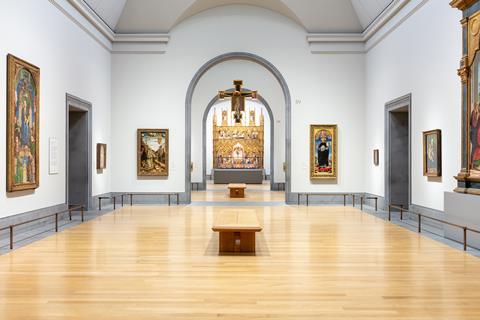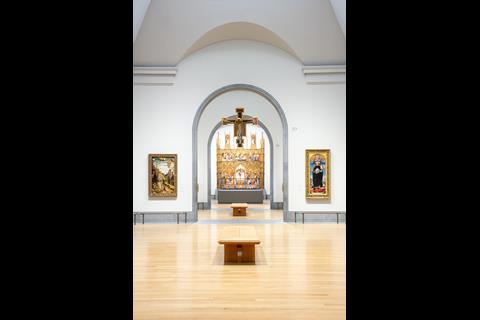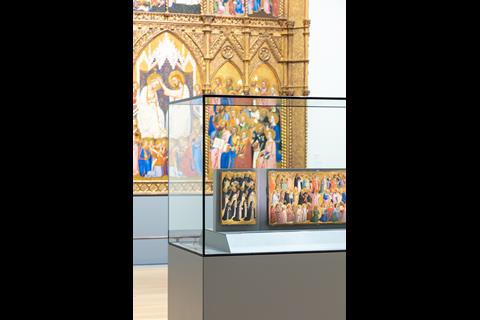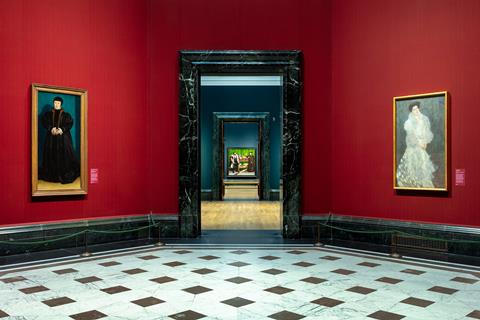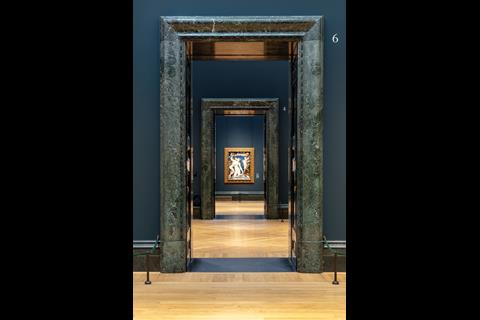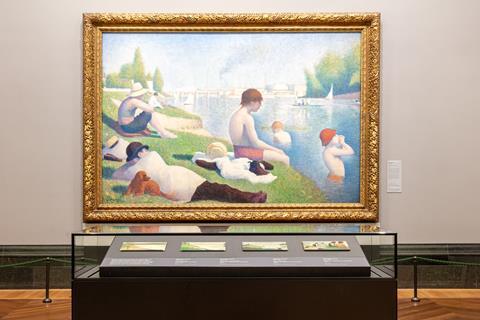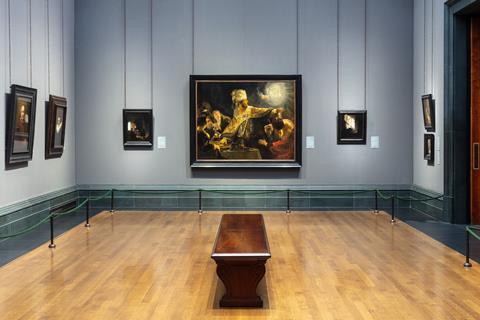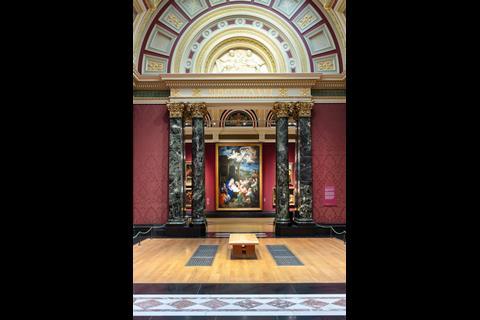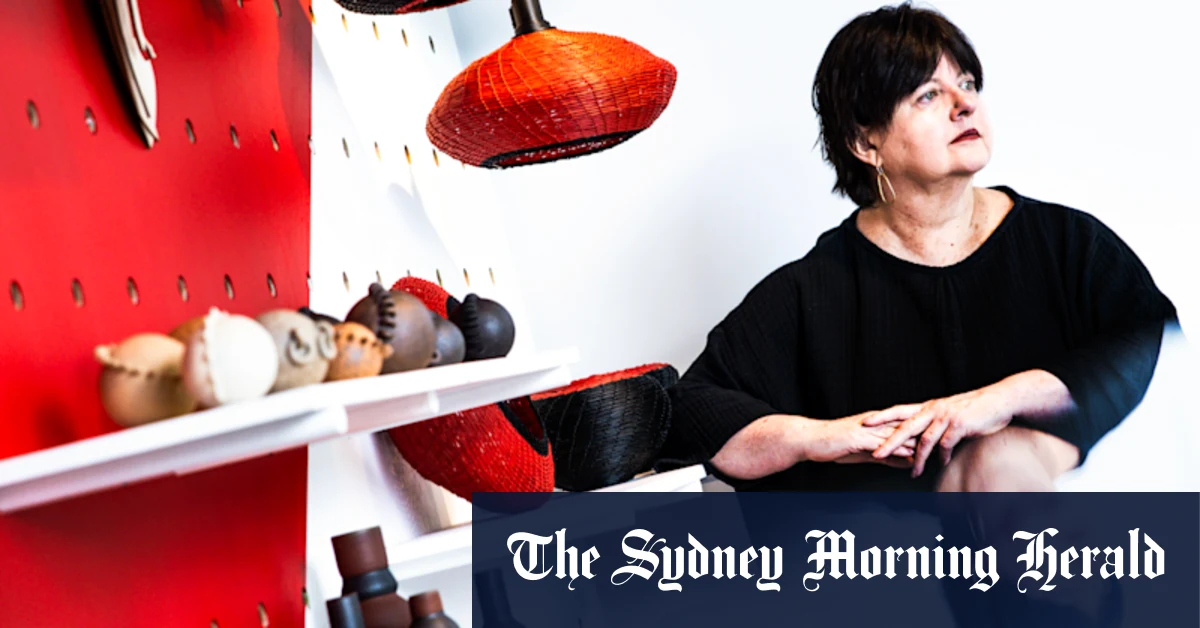
I have long been fascinated by the way light can transform how we see and feel. At Studio ZNA, we approach light as more than a function: it is a tool for storytelling, shaping emotion, guiding movement and deepening connection.
That philosophy was brought to life in our recent work on NG200 – the National Gallery’s ambitious bicentenary redisplay. It was a rare opportunity – a once-in-a-generation moment to reimagine how the public experiences the gallery’s extraordinary collection.
Our task was not simply to illuminate, but to listen, interpret and shape a narrative through light, while respecting the legacy of one of the world’s most cherished institutions.
The challenge was as technical as it was philosophical: how does one integrate high-spec, responsive lighting into a grade I-listed building, without compromising its fabric or the conservation of its contents? How can innovation enhance rather than overpower? And crucially, how do we reframe the viewer’s encounter with art through light, gently guiding perception without distraction?
The answers, as ever, lie in collaboration. We worked in close dialogue with the National Gallery’s curators, conservationists and designers to develop a lighting strategy that would unify 66 galleries under a single vision. The lighting was not conceived in isolation but as a curatorial partner – enhancing visual connections across centuries, styles and schools.
The result is a carefully choreographed journey that does not shout, but rather guides and entices. It draws visitors in, encouraging them to linger, reflect and feel.
Each gallery has its own emotional tenor and the lighting was designed to respond in kind. In the Sainsbury Wing, for instance, we sought to evoke the devotional atmosphere of the original viewing contexts. A painted crucifix by Segna di Bonaventura, suspended in space, is lit as if on an altar – reverent, focused, timeless.
The vast Jacopo di Cione altarpiece is revealed through subtle layering of light, its detail and drama framed by considered contrast and shadow. We celebrated the cathedral-like volumes by maximising diffused daylight to softly articulate the architecture, layering it with carefully modulated artificial light – ranging from broad washes to precise highlights on key works.
In the adjacent, smaller-scale galleries to the east and west, light is treated with a nuanced hand. The curators wanted to create more intimate viewing spaces for the smaller works and their more interior nature. We applied light-reducing film to the rooflights to gently modulate daylight, and combined this with darker wall tones and tailored artificial lighting to lower the visual datum. This created a subtle tonal shift toward a warmer palette – echoing the character of the artworks and inviting closer, more contemplative viewing of the smaller-scale pieces on walls and in bespoke vitrines.
Previously, transitions between galleries could feel abrupt, with inconsistent light levels that jarred the eye and interrupted the flow. We addressed this with refined control systems that respond dynamically to daylight, smoothing transitions between zones and balancing luminance throughout the day. We also removed any non-period decorative fittings and introduced discreet lighting calibrated to match the adjacent galleries’ colour temperature. This careful integration reduces visual distraction, enhances the drama of long axial views and creates natural punctuation points within the visitor journey.
Every lighting decision was underpinned by rigorous preservation standards. Collaborating closely with the National Gallery team, we carefully balanced the presentation of works with organic materials – illuminated at lower lux levels – within the overall visual field. We standardised colour temperature across the redisplay to a range of 3,500K to 4,100K, chosen to optimise both visual clarity and material protection.
We also focused attention on circulation and threshold areas, spaces often overlooked, where clarity and legibility matter most. These have been rebalanced to improve wayfinding, enhance interpretation and reduce visual fatigue, creating a coherent and intuitive visitor experience.
The micro as well as the macro treatment was considered. For the new glass showcases housing studies, miniatures and works on paper, we developed bespoke internal lighting. By factoring in the average visitor’s height and viewpoint, we could calculate precise angles for illumination, choosing whether to light internally or externally, from above or below. Using a combination of beam-shaping optics and miniaturised spotlights, we tailored each case to suit its contents and context, ensuring even the smallest artwork could shine without overexposure.
Our use of LED and responsive control technologies was never about showcasing innovation for its own sake. Instead, it was about serving the curatorial narrative – highlighting key vistas, establishing rhythm and reinforcing connections between artworks. In the high renaissance galleries, we allowed daylight to mingle with artificial light, creating a luminous wash and then designed a layer for each artwork to enhance colour, depth, and texture. In the later galleries showcasing impressionist, expressionist, and post-impressionist works, a cooler colour temperature was used to introduce a subtle perceptual shift – crisper and more contemporary.
We also paid careful attention to those transitional moments between daylit and non-daylit zones. This was particularly important in winter months and for evening visits, when natural light is minimal. Every room was modelled with these scenarios in mind, to ensure that ambience and clarity are never lost. We also programmed lighting scenes to support the gallery’s busy events schedule, ensuring artworks remain protected while providing an elegant and adaptable atmosphere for VIP gatherings.
Above all, our interventions were designed to be quiet. They preserve the building’s architectural detail, minimise energy use and offer the gallery long-term curatorial flexibility.
The NG200 lighting scheme is not static; it’s a living infrastructure, future-proofed and adaptive. It reflects our belief that heritage and innovation are not at odds, but can work in harmony when approached with sensitivity, technical precision and creative empathy.


